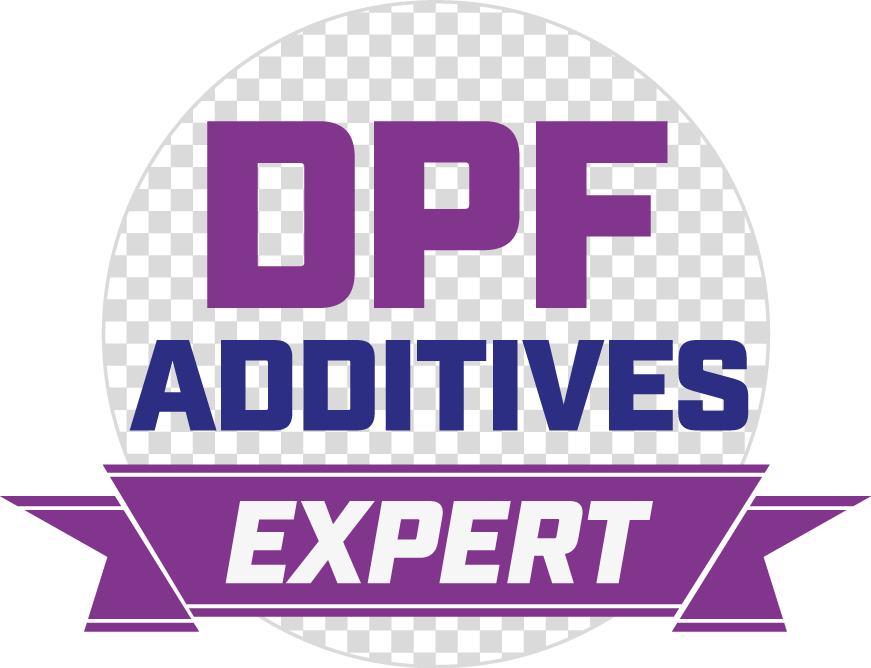Do you have a question for our Expert? Are you having problems with your Diesel Particulate Filter, or simply interested in DPF Additives?
Use the form to submit your question, or check our Frequently Asked Questions.
Here are some of the questions people have already asked:

